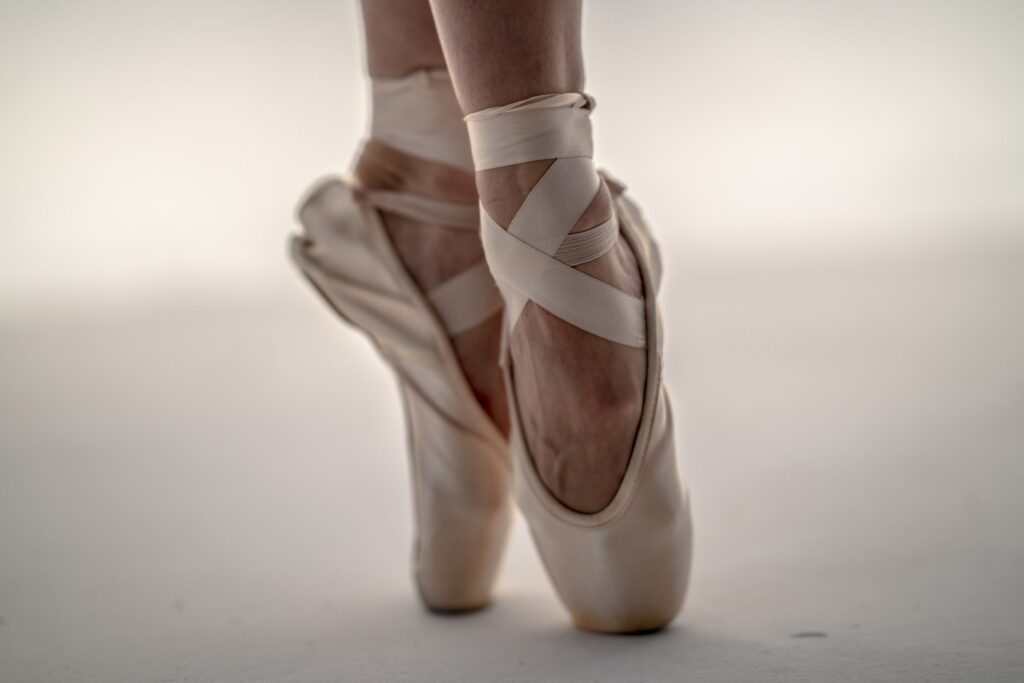The dance world is a community driven by a group of people who are hardworking, precise, and goal oriented. Dancing often starts at a young age– people can start as early as preschool, and dance throughout childhood, and well into adulthood. These early years of life are crucial in influencing how people think and live far beyond the dancing years.
The relationship dancers have with their bodies is something that is extremely fragile, and heavily influenced by the culture within the dance world. Research has shown that dancers hold the opinions of their coaches in the highest regard, followed by their peers, and then their parents.1 The external opinions dancers face carry a great deal of influence over how they view their bodies.
Studies show that 10% of young girls struggle with an eating disorder (ED).1 This rate is much higher within the dance world, where the thin body ideal is hugely worshiped. Research has found that 35% of female ballet dancers suffer from eating disorders. This number does not include dancers who suffer from EDs without diagnosis, leading us to believe it is significantly higher.2 The thin body ideal is defined as: the ideal of attractiveness that is often unrealistic and fostered by the pressure to be thin. The ideal dancer’s body is an image that has been portrayed as thin since the 1960’s, when slender bodies started to be praised in the fashion world.1 Certain components of the dance world to this day have lead to the continued pursuit of the thin body ideal, such as the use of mirrors for practice, dance attire/costumes, competitive nature of the sport, and objectification of performance.
A significant component of dance class is the use of mirrors as a tool. Mirrors typically line one entire wall of a dance studio, where dancers are looking at themselves throughout practice. Training in front of a mirror is a way to observe their technique and improve their skill. While this aspect may be beneficial, it also comes with significant consequences. With constant attention on their reflection, dancers have reported over analyzing their bodies, which leads to negative self talk and overall poor body image.
Dance attire and costumes also bring upon high stress and negative behaviors in the dance world. The attire is tight, revealing most of the body. During practice, dancers are encouraged to dress in leotards and tights so their bodies are exposed, so they can receive feedback on their technique. Receiving costumes for performances is also reported to bring on stress for the dancers. Oftentimes, the costumes are created in a size that fits the ideal dancer’s body, and the dancers do not have an opinion on what is worn or how it fits.
The competitive nature of dance leads these athletes to a higher risk of developing ED behaviors. When in a competitive atmosphere, athletes want to be the best and win, leading to perfectionist traits. These dancers may idolize previous dancers, or compare themselves to dancers amongst themselves. This constant competition brings high stress, and can result in the need for control. ED behaviors are often developed and maintained when a person feels the need to be in control. Furthermore, it can be hard to disassociate the success of the performance from their body image when dancers are constantly observed on stage.
As mentioned earlier, coaches, peers, and parents play an influential role in dancer’s lives, and possibly the development of ED behaviors. Findings suggest that these people often support the maintenance of low body weight. This can be interpreted in many ways. For example, when looking at coaches actions, the dancers chosen to be front or center of a performance are often interpreted as the ideal body type. This can create a negative self image for the other dancers that may not be in the center of a dance. It is also reported that coaches can encourage the concept of “dieting” which leads to dancers undereating to manipulate their bodies. When looking at the actions of parents, commenting on the bodies of other dancers is a common occurrence. This includes both praise and judgment, but the mere commentary on other dancer’s bodies can be detrimental to their own children’s mental health and body image. Last, engaging in body talk with peer dancers is seen frequently in the dance world. This often includes negative self talk and positive body talk towards others. These constant comments, made from coaches, parents, and peers, all deeply play a role in body image, which often leads to ED behaviors.
Overall, the world of dance is a delicate, dangerous slope that can easily lead into disordered eating patterns and body image struggles. The deep rooted beliefs that carry throughout the dance world need to be altered, to allow for a shift toward body positivity and self love. The understanding that no two bodies are alike, and dance can be performed by people in all bodies is a shift that will work to end the prevalence of ED behaviors among dancers.
Sources:
-
Doria N, Numer M. Dancing in a culture of disordered eating: A feminist poststructural analysis of body and body image among young girls in the world of dance. PLOS ONE. 2022;17(1). doi:10.1371/journal.pone.0247651
-
Teresa L. Heiland , Darrin S. Murray & Paige P. Edley (2008) Body image of dancers in Los Angeles: the cult of slenderness and media influence among dance students, Research in Dance Education, 9:3, 257-275, DOI:10.1080/14647890802386932



